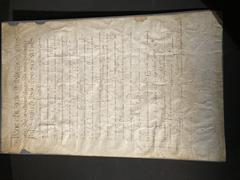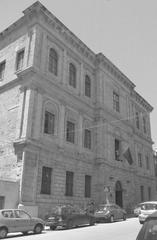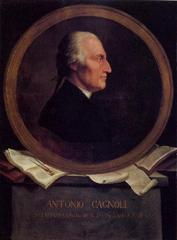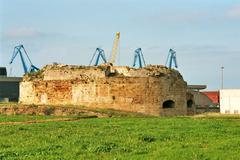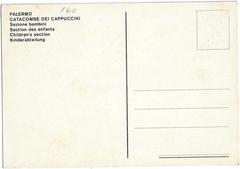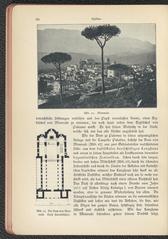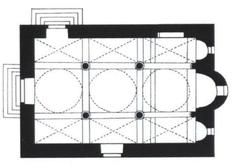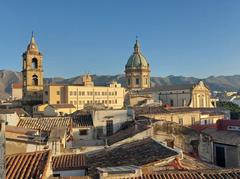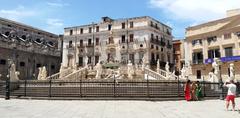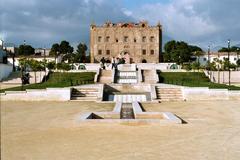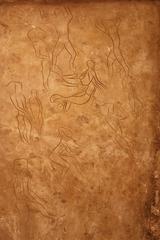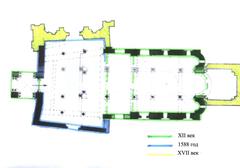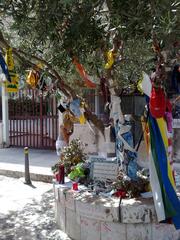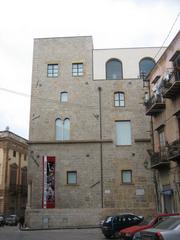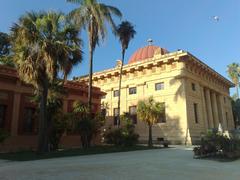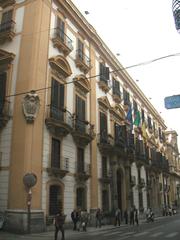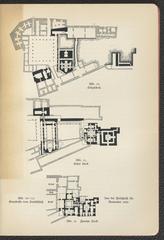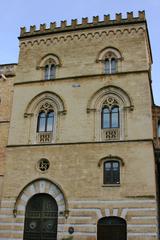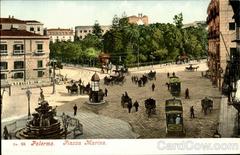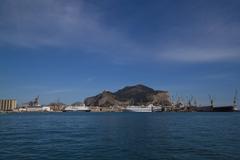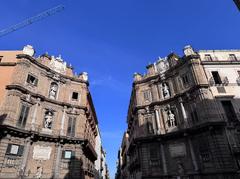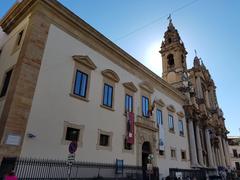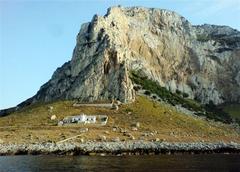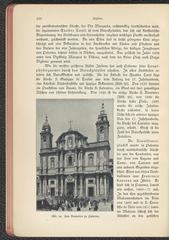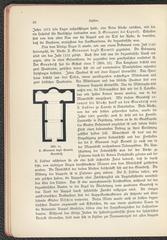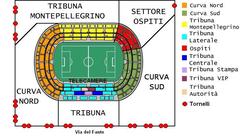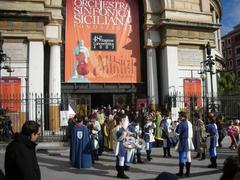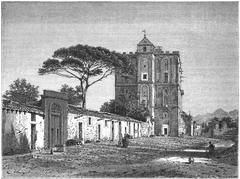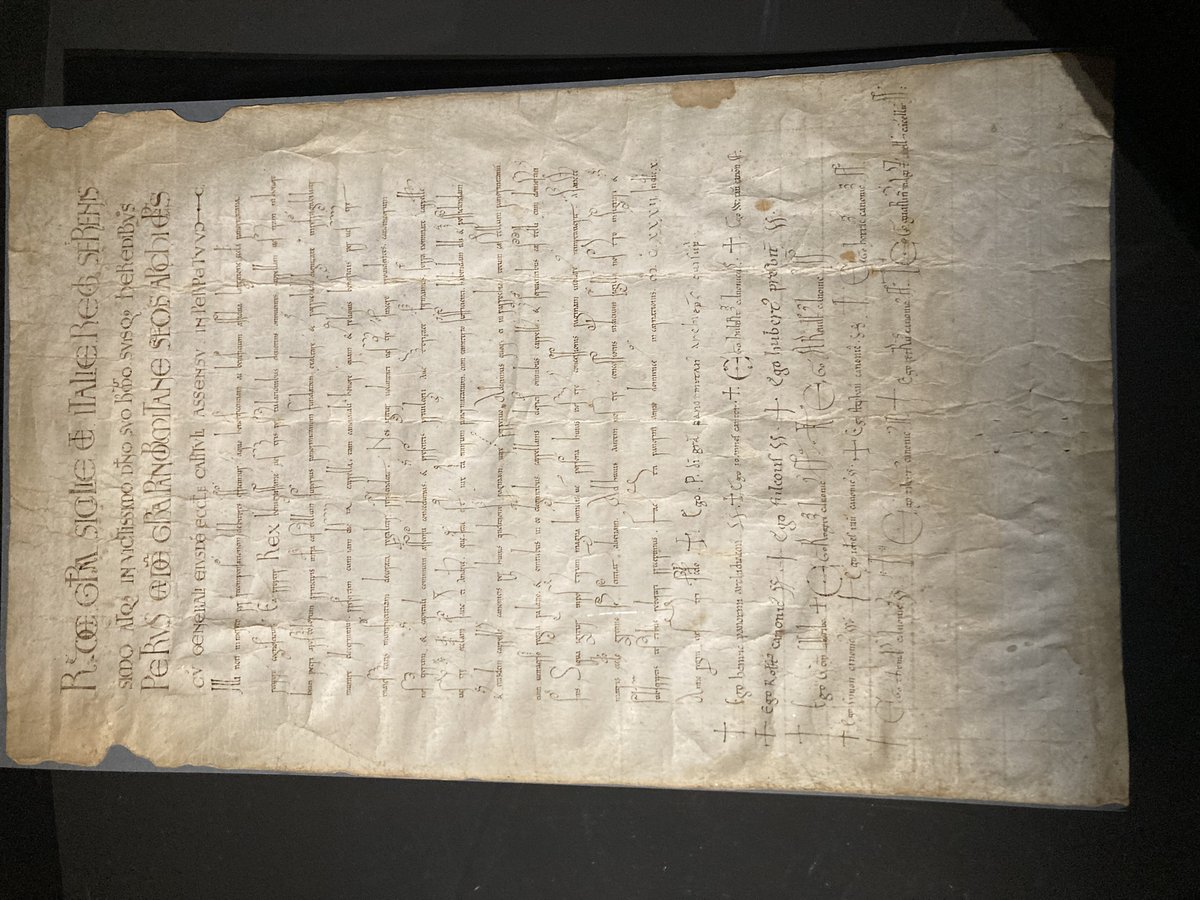
Cappella Palatina: Visiting Hours, Tickets, and Palermo Historical Sites Guide
Date: 14/06/2025
Introduction to Cappella Palatina and Its Significance in Palermo
The Cappella Palatina in Palermo, Italy, stands as a stunning testament to the cultural and artistic crossroads of 12th-century Sicily. Commissioned by King Roger II after his coronation in 1130, this royal chapel—nestled within the Norman Palace (Palazzo dei Normanni)—epitomizes the harmonious blend of Norman, Byzantine, and Islamic art and architecture. Each architectural and decorative element, from dazzling golden mosaics to the intricate muqarnas wooden ceiling, reflects the multicultural fabric of medieval Sicily and the cosmopolitan vision of its rulers (Smarthistory; Wonders of Sicily).
Today, the Cappella Palatina remains a vibrant center of Palermo’s historical and cultural landscape, attracting travelers interested in exploring one of Sicily’s most treasured landmarks. With ongoing restoration efforts and a dynamic visitor program, planning your visit requires up-to-date information on opening hours, ticketing, accessibility, and guided tour options (Fondazione Federico II). This guide provides essential details and insider tips for a seamless and enriching experience at the Cappella Palatina and surrounding historical sites in Palermo (Decorative Arts Trust; The Geographical Cure).
Table of Contents
- Historical Background
- Visiting the Cappella Palatina: Practical Information
- Architectural and Artistic Significance
- Visitor Experience
- Restoration Updates 2024–2025
- Frequently Asked Questions (FAQ)
- Conclusion and Call to Action
- References
Historical Background
Origins and Foundation
The Cappella Palatina, or Palatine Chapel, was commissioned by Roger II of Sicily shortly after his rise to the throne in 1130. Its construction began in the early 1130s and culminated in its consecration on April 28, 1140. Situated within the Norman Palace at Palermo’s highest point, the chapel was intended as a symbol of legitimacy and unity for Roger’s ethnically and religiously diverse kingdom (Smarthistory; Wonders of Sicily).
Architectural Significance
The architectural plan of the Cappella Palatina exemplifies a synthesis of Western basilica, Byzantine church, and Islamic decorative traditions. The three-aisled nave with a domed sanctuary reflects Western and Eastern Christian models, while the wooden muqarnas ceiling—crafted by North African artisans—demonstrates the influence of Islamic art (Italian Notes). The interior is adorned with golden mosaics, marble inlays, and multilingual inscriptions in Arabic, Greek, and Latin, underscoring the chapel’s multicultural identity (Smarthistory).
Cultural Context and Syncretism
Sicily’s 12th-century society was exceptionally diverse, with Norman, Byzantine, Islamic, Jewish, and indigenous Sicilian communities coexisting. Roger II’s administration actively integrated officials and craftsmen from these backgrounds, and the chapel’s design was a deliberate expression of this inclusivity (Smarthistory; Italian Notes).
Artistic Evolution and Modifications
Over time, the chapel’s decorative program was expanded. The sanctuary’s Byzantine mosaics were completed in 1143, with the nave and aisles receiving their mosaics between 1160 and 1170 (Wonders of Sicily). Later centuries saw changes such as blocked windows and 18th-century additions to the iconography (The Cultures of His Kingdom; Wonders of Sicily).
The Chapel’s Role in Sicilian Governance
Located adjacent to the seat of the Sicilian Parliament, the Cappella Palatina served both spiritual and civic functions, reinforcing ideals of tolerance and political unity under Norman rule (Italian Notes).
Visiting the Cappella Palatina: Practical Information
Visiting Hours
- Standard Hours: Monday to Saturday, 9:30 AM – 5:00 PM (last entry 4:30 PM)
- Sunday: Closed (open only for special events or during exceptions)
- Restoration Period Adjustments (June 2025):
- Extraordinary closures on select Sundays (e.g., June 1, 8, 15, 22, 29) from 9:30 AM–11:30 AM
- Early ticket office closure on June 19
- Partial closures within the chapel for safety during restoration (Fondazione Federico II)
Tickets and Admission
- General Admission: €12
- Reduced Admission: €6 (EU citizens aged 18–25)
- Free Entry: Children under 18, residents of Palermo, persons with disabilities
- Combined Tickets: As of 2025, tickets costing €19 may include access to other palace areas, such as the royal apartments and Maqueda Courtyard, when available
- Where to Buy: Online via the official Fondazione Federico II site or at the ticket office (subject to availability)
- Advance Booking: Strongly recommended, especially during peak seasons, to avoid queues
Guided Tours and Accessibility
- Guided Tours: Available in multiple languages; provide expert insights into art, history, and restoration. Booking in advance is advisable due to limited signage and absence of audio guides (The Geographical Cure).
- Accessibility: The chapel is partially accessible, with ramps and adapted facilities, but some areas involve stairs and uneven floors.
Travel Tips and Nearby Attractions
- Location: Central Palermo, within the Norman Palace complex; easily reached by foot or public transport.
- Nearby Sites: Palermo Cathedral, Quattro Canti, Piazza Pretoria, Teatro Massimo, and Ballarò Market are within easy walking distance (Curious Sparrow Travel).
- Best Time to Visit: Early morning or late afternoon to avoid crowds and midday heat.
- Visit Duration: 45 minutes to 1.5 hours, depending on interest and guided tour participation.
Special Events and Virtual Tours
- Regular concerts, ceremonies, and exhibitions are hosted within the chapel; schedules vary seasonally.
- Virtual tours and digital content are available through official websites, enabling remote exploration of the chapel’s mosaics and interiors.
Architectural and Artistic Significance
Architectural Synthesis
The Cappella Palatina’s layout combines a Western basilica’s three-aisled nave with a domed Byzantine sanctuary, while its wooden muqarnas ceiling is a rare example of Islamic craftsmanship in a Christian setting (Decorative Arts Trust; Medieval Mosaics). The sanctuary’s dome and the monumental Christ Pantocrator mosaic reflect Byzantine traditions, while the basilican plan and marble revetments evoke Western influences. The muqarnas ceiling, with geometric panels and Arabic inscriptions, is singular in Europe.
Artistic Program and Symbolism
- Mosaics: Upper walls, domes, and apses are covered in gold-ground mosaics created by Byzantine and local artisans. Iconography includes Christ Pantocrator, the Virgin Mary, saints, and extensive Old and New Testament scenes (WGA; BnB Dolce Vita).
- Wooden Ceiling: The painted muqarnas features Kufic inscriptions and figural scenes, highlighting Islamic artistic influence (Decorative Arts Trust).
- Marble Floors: Opus sectile patterns using porphyry, serpentine, and other precious stones demonstrate the chapel’s artistic ambition (BnB Dolce Vita).
- Symbolism: The fusion of Latin, Byzantine, and Islamic elements was a deliberate statement of tolerance, multiculturalism, and royal authority (Decorative Arts Trust).
Visitor Experience
Entry, Navigation, and Photography
- Entry: Visitors enter via the Maqueda Courtyard and ascend to the first floor to access the chapel.
- Photography: Allowed (without flash or tripods) except during religious services or special events. Respectful behavior is required to protect the delicate artworks.
- Signage: Minimal; guided tours or digital guides are recommended for deeper understanding.
Facilities and Travel Tips
- Amenities: Restrooms and a small gift shop are available within the palace; no cafés inside, but many eateries nearby.
- Security: Bags may be inspected; large backpacks and luggage are prohibited.
- Children: The site is family-friendly, though some features may be best appreciated by older children.
Restoration Updates 2024–2025
Restoration Impact on Visits
A major restoration project launched in December 2024 focuses on stabilizing the 12th-century mosaics, improving climate control, and upgrading lighting to protect delicate surfaces (Finestre sull’Arte). While some areas may be temporarily inaccessible, visitors can learn about conservation efforts through onsite exhibits and digital content. Restoration is carried out by Lithos Restauri, in collaboration with regional and national heritage authorities (Fondazione Federico II).
Frequently Asked Questions (FAQ)
Q: What are the Cappella Palatina opening hours?
A: Monday to Saturday, 9:30 AM–5:00 PM (last entry 4:30 PM); closed Sundays except for special events. Hours may be adjusted due to restoration—check the official site for updates.
Q: How much do tickets cost?
A: €12 general admission, €6 reduced, free for children under 18, Palermo residents, and persons with disabilities. Combined tickets with access to palace areas may be €19.
Q: Are guided tours available?
A: Yes, in multiple languages. Highly recommended due to minimal onsite signage.
Q: Is the Cappella Palatina accessible?
A: Partially accessible; some areas involve stairs or uneven surfaces.
Q: Can I book tickets online?
A: Yes, through the official ticket portal.
Q: May I take photos inside?
A: Yes, but flash and tripods are not allowed; restrictions may apply during services.
Q: What other sites are nearby?
A: Palermo Cathedral, Quattro Canti, Piazza Pretoria, and Ballarò Market.
Conclusion and Call to Action
The Cappella Palatina is an unparalleled cultural jewel, showcasing the convergence of Norman, Byzantine, and Islamic traditions. Its grandeur and history make it a must-see for anyone visiting Palermo. For the best experience, book tickets in advance, consider a guided tour, and check restoration updates before your visit.
For more travel tips and the latest updates, download the Audiala app, explore our related guides, and follow us on social media. Make your journey to Palermo’s rich heritage truly memorable!
References and Further Reading
- Cappella Palatina Palermo: Visiting Hours, Tickets, and Historical Insights, 2024, Smarthistory
- Wonders of Sicily: Palatine Chapel, 2024
- Italian Notes: Cappella Palatina Palermo, 2024
- The Cultures of His Kingdom, 2014, Jeremy Johns
- Decorative Arts Trust: Capella Palatina Article, 2024
- Finestre sull’Arte: Restoration of the Mosaics of the Palatine Chapel, 2024
- The Geographical Cure: Guide to Palermo’s Norman Palace and the Palatine Chapel, 2025
- Fondazione Federico II: Tickets and Pricing, 2024
- BnB Dolce Vita: Cappella Palatina Overview, 2024
- Medieval Mosaics: Sicily – Palermo Cappella Palatina, 2024
- Wikimedia Gallery of Art (WGA): Palatine Chapel Mosaics, 2024
- Curious Sparrow Travel: Ultimate 2-Day Palermo Itinerary, 2024
- Finestre sull’Arte: Palermo Via Restauro Mosaici Cappella Palatina, 2024
